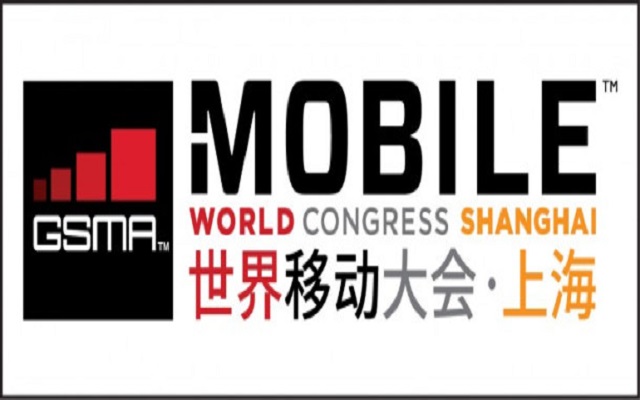5G Summit at MWC Shanghai

We’ve all heard the hype about 5G Service, which sounds very impressive and there’s no doubt that it’s moved from pure theory to trials and (some) standards with astonishing speed; especially given the complexity of the proposition. We’ve already seen some very cool services demonstrated in Korea at the winter Olympics. For much of the world, though, the simple question is ‘So what?’
In many countries operators are still focussing on rolling out LTE and WiFi connectivity and recouping the cost of that deployment for the foreseeable future. It can seem bluntly silly to worry about spending money on another ‘G’, especially in markets where ARPU is very low or there is a widely-dispersed rural population.
5G Service Covering Off Enhanced Mobile Broadband, Massive IoT and ultra-low latency Services
Such an approach is reasonable, if you take lessons from the historical evolutions of 2G to 3G and 3G to 4G, but is based on some false premises. Most importantly, 5G is not ‘a technology’ but a set of capabilities, some of which will come sooner than others.
The push to deliver the immense capacity and flexibility demanded by 5G has led to every part of the network being re-examined, and every part will need to be upgraded over a long time to deliver a ‘true’ 5G service covering off enhanced mobile broadband, massive IoT and ultra-low latency services. Together with this, it is pushing policymakers to reconsider some of fundamentals like spectrum regulation, competition rules and so on, while other industries are looking harder at how they can work with operators and driving business model creativity.
As a result, the drive to 5G has created a grab-bag of tools for operators worldwide to use flexibly in ways that work best for them – regardless of the air interface technology they are focussing on.
To take one example, let’s look at AI and automation in the network. These are arguably not new trends, if you look at the history of SON; but 5G requires a whole step-change in the way that this works. If you’re going to deliver services with separate virtual slices and manage SLAs across all of them – which is integral to 5G – then it demands that the networks not only recognise and repair quality issues autonomously, but also in problem prediction.
The opportunity to reduce maintenance truck rolls, improve uptime and meet demanding service level agreements can lead to reduced costs, lower churn and improved revenues for anyone, creating direct benefits from the push towards 5G.
In the policy arena, regulators are starting to look at how network competition should work for the future. It would be prohibitively expensive to deliver ubiquitous high-capacity services over multiple networks – arguably, even over one network. As a result, there is pressure on regulators to permit much more drastic network sharing than before, and to support models in which enterprises or local areas can deploy their own infrastructure for the operators to provide services on.
As we start to see policy rolled out on unlicensed spectrum, spectrum sharing and more, these precedents too can be taken and applied to markets where the costs of deployment versus income make current business models unfeasible, for example in some rural areas.
It’s also worth pointing out that 5G doesn’t necessarily demand national deployment in the same way as other generations. Because it can run in software on an EPC, it is possible to create relatively localised instantiations of a 5G network for specific purposes; for example, to cover an enterprise campus for an international business. Deploying LTE-advanced or even, theoretically, 5G-NR, the economics of a localised service to a well-paying customer can stack up wherever you are.
In all these cases, an additional benefit is that, as such upgrades are rolled out, it helps the operator prepare for a future where they really can offer the full capabilities of 5G. Maybe not for the near or medium term – maybe never, if another ‘G’ comes along – but in the meanwhile the operator gets real-life business returns from their new capabilities.
In the 5G Summit on June 27th we’ll spend a day looking at the opportunities that the push to 5G can create today, for all operators. With speakers coming from countries as diverse as Australia, South Africa, Egypt and Canada and perspectives from deployments all over the world, we get to hear from people taking a practical, functional look at 5G and sharing the lessons from real-world experiences. We’ll look forward to seeing you there.
Also Read : Instagram now Allows Users to Share Posts in Stories
PTA Taxes Portal
Find PTA Taxes on All Phones on a Single Page using the PhoneWorld PTA Taxes Portal
Explore NowFollow us on Google News!





